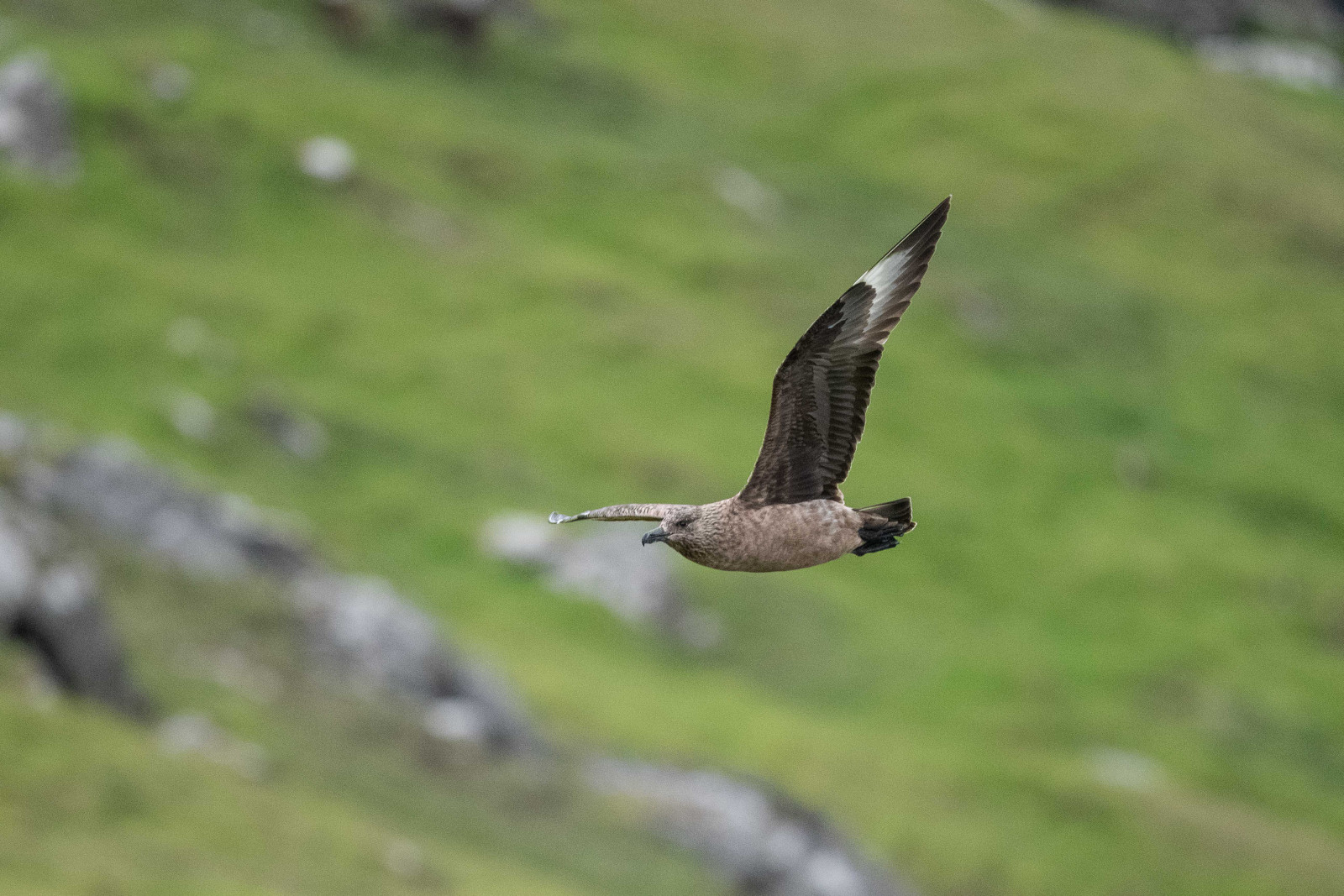Charger images
Les formats d'image autorisés sont de type jpeg, png ou gif
La taille maximale du fichier doit être de 20MB



Towering out of the storm-tossed waters of the Atlantic Ocean, St. Kilda's cliffs and sea stacks clamour with the cries of hundreds of thousands of seabirds.
St Kilda is the most remote island group of the British Isles lying about 70km west of Griminish Point in the Outer Hebrides. The archipelago consists of four main islands; Hirta also known as St Kilda, Soay, Boreray and Dun, as well as smaller islets and stacks. All are rugged and rocky with high sea-cliffs, in fact the 430m cliffs of the Conachair on Hirta are the highest sea-cliffs in Britain.
The vegetation is mainly sheep-grazed grassland and maritime heath with a surprisingly rich flora but the most important habitat from a birders point of view is the cliffs. The seabird colonies of St Kilda are among the finest in the North Atlantic with more than 250,000 pairs of birds in total breeding regularly. One of the world's largest Fou de Bassan colonies with more than 60,000 pairs is found on Boreray and the neighbouring stacks of Stac an Armin and Stac Lee and Britain's largest Macareux moine colony is on Dun where over 100,000 pairs nest. Britain's largest Fulmar boréal colony is also found on St Kilda and it was from here that the species began its monumental expansion to the rest of the British Isles and in recent years also to elsewhere in northern Europe.
The St Kilda Troglodyte mignon, numbering a little over 100 pairs, is a larger, paler and greyer version of the mainland Wren found only on Hirta where it is often seen around the old farm buildings.
Internationally recognised for its birdlife, St Kilda is no less famous for its human history. A community existed here for at least 4,000 years, exploiting the dense colonies of Fou de Bassan, Fulmar boréal and Macareux moine for food, feathers and oil. The final 36 islanders were evacuated in 1930. Now uninhabited, visitors can brave the weather to sail to the ‘islands at the edge of the world’ for the experience of a lifetime.
The best place to get to St. Kilda is from Leverburgh on the Isle of Harris, from where the boat trip takes about 2.5 hours, leaving the visitor with a stay of about 5 hours on the island (Also see the link below). There are also trips from Stein Jetty on the Isle of Skye. The weather near St. Kilda is all important, and planned trips may be cancelled at the last minute if conditions change.
Votre feedback sera transmis à l’auteur.rice de cette zone et à l’équipe éditoriale de Birdingplaces, qui l’utiliseront pour améliorer la qualité des informations. (Vous souhaitez publier un commentaire visible en bas de page ? Fermez cette fenêtre et choisissez l’Option 1 : « Publier un commentaire, un conseil ou une observation ».)
Veuillez fournir des suggestions d'améliorations ou d'ajouts au texte de ce site ornithologique.
Veuillez fournir vos suggestions d'améliorations ou d'ajouts à la carte.
Veuillez fournir des suggestions d'améliorations ou d'ajouts à la liste des oiseaux.
Cliquez sur l'icône de l'oiseau () Insérez les noms d'oiseau dans votre langue. Ils seront automatiquement traduits pour les autres usagers !